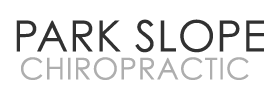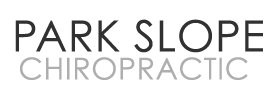Assisted Stretching in Brooklyn NY

Adding assisted stretching to a treatment plan for musculoskeletal conditions in Brooklyn NY can offer a range of benefits for patients. These benefits are both physiological (improving body function and mobility) and psychological (enhancing comfort and body awareness). Here’s a detailed overview:
1. Improved Flexibility and Range of Motion (ROM)
- Assisted stretching helps lengthen muscles and fascia, reducing stiffness.
- A therapist can move joints and muscles through their full range safely, helping restore normal movement patterns after injury, surgery, or chronic tightness.
- Particularly beneficial for conditions like frozen shoulder, low back pain, hip or knee stiffness, and postural imbalances.
2. Reduction in Muscle Tension and Pain in Brooklyn NY
- Gentle, sustained stretching can reduce muscle guarding and spasm associated with pain or injury.
- Improves blood flow and oxygenation to muscles, aiding recovery.
- May help relieve myofascial pain and tension headaches by relaxing chronically tight muscle groups.
3. Enhanced Recovery and Rehabilitation
Facilitates tissue healing by promoting circulation and nutrient exchange.
Prevents scar tissue from becoming too restrictive after injury or surgery.
Supports other therapies (like physical therapy, chiropractic care, or massage) by preparing tissues for more effective treatment.
4. Improved Posture and Functional Movement
Helps correct muscular imbalances caused by sedentary habits or repetitive strain.
By restoring muscle length-tension balance, patients often see better posture and alignment, reducing strain on joints and the spine.
5. Relaxation and Stress Reduction
Passive stretching activates the parasympathetic nervous system, promoting relaxation.
Many patients report decreased perceived stress and improved mental well-being after sessions.
6. Injury Prevention
Regular assisted stretching helps maintain tissue elasticity and joint mobility, reducing the risk of strains and sprains.
Especially valuable for athletes or physically active individuals who rely on full movement efficiency.
7. Enhanced Body Awareness
Being stretched by a therapist increases proprioceptive feedback — patients become more aware of tight or weak areas.
This helps them engage more effectively in home exercise and self-care routines.
Clinical Context
Assisted stretching can be particularly helpful as an adjunct therapy for:
- Chronic low back or neck pain
- Osteoarthritis or joint stiffness
- Postural dysfunctions (e.g., rounded shoulders, anterior pelvic tilt)
- Post-surgical rehab (after initial healing)
- Neuromuscular conditions that limit flexibility
Considerations
- Should be performed by a trained clinician (PT, athletic trainer, or stretch therapist).
- Intensity must be tailored to the patient’s condition — excessive force can aggravate injuries.
- It’s best integrated into a comprehensive plan including strengthening, mobility work, and patient education.
OFFICE HOURS
Monday
10:00am - 7:00pm
Tuesday
10:00am - 7:00pm
Wednesday
10:00am - 7:00pm
Thursday
10:00am - 7:00pm
Friday
Closed
Saturday & Sunday
Closed
Park Slope Chiropractic
1 Hanson Pl #709
Brooklyn, NY 11243



